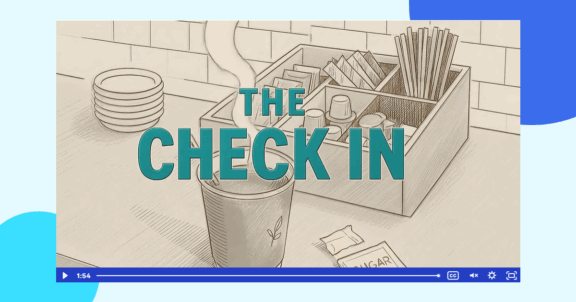B2B retailers are in a constant struggle with cart abandonment. While sellers may be quick to point fingers at the product or blame customer indecision, it’s quite often outdated payment processes that leave buyers unsatisfied and running to the competition.
The fact is customer expectations are evolving. And even in the B2B space, customers want seamless buying experiences that provide personalization, ease and convenience. However, B2B companies face difficulties trying to meet these expectations: 90 percent of B2B buyers who make purchases once a week experience some sort of pain during the purchasing process.
B2B sellers looking to provide a modern, efficient purchase experience must first understand where buyers encounter friction. By doing so, sellers can increase customer satisfaction, inspire loyalty and, ultimately, attract new customers. But first, they must know the most common buyer pain points and how to update payment processes in order to alleviate them.
Credit Cards Don’t Cut it — Offer Buyers Multiple Payment Options
Buyers expect their business purchase experiences to reflect the ease and personalization of their personal buying experiences. And for many buyers, using a credit card to pay for large, repeat purchases is a major pain point. Credit cards create several post-purchase issues with expense reporting and surcharges, not to mention insufficient lines of credit and potential for fraud. More than half of all B2B buyers agree vendors should offer additional payment options beyond credit cards to improve the purchase experience.
One way retailers can solve for this pain point is by offering an alternative payment method, such as extending payment terms across all channels. Offering invoicing at checkout with 30-, 60- or 90-day terms boosts buyer satisfaction and increases average order volume. When buyers have the option to pay on terms, they’re more likely to return. In fact, over 80 percent of B2B buyers said they would choose a seller over others if that seller offered invoicing at checkout.
Streamline Payment Processes With an Omnichannel Experience
Today’s buyers want access to their preferred payment option regardless of where they complete a purchase. An integral part of modernizing payment processes is ensuring that all products and services are available to customers at all touchpoints, from online to in-store. A streamlined, omni-channel payment experience secures loyal customers. Even more, omni-channel customers are 25 percent more profitable than customers who shop with exclusively “human-only experiences.”
You can read the full article on MyTotalRetail.com.





